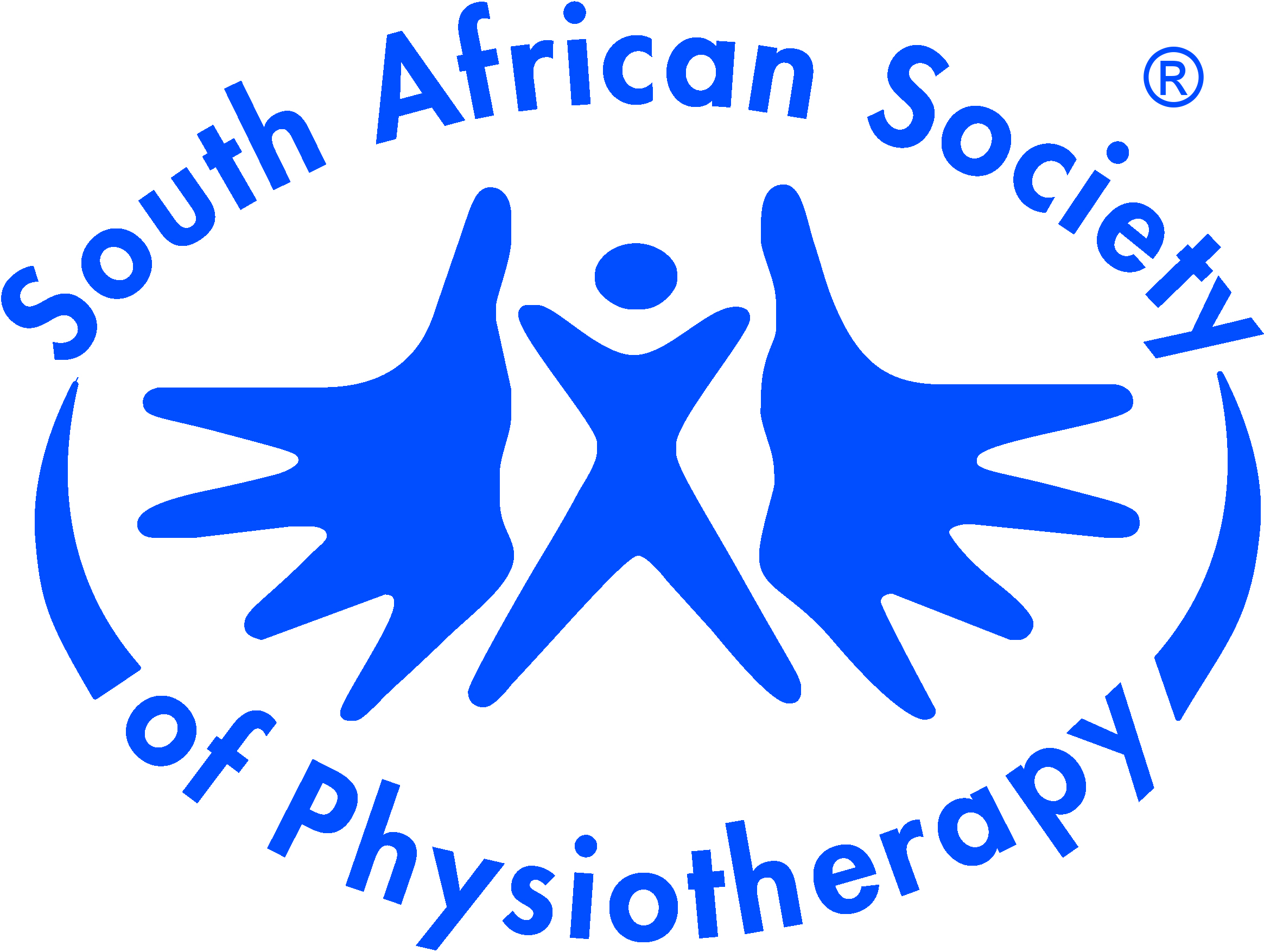Case Report
The role of the community-based rehabilitation worker within the primary health care service of the ODI district
Submitted: 12 September 2018 | Published: 28 February 1999
About the author(s)
N. P. Taukobong, Department of Physiotherapy, Medunsa, South AfricaFull Text:
PDF (159KB)Abstract
Introduction: There has not been agreement within the Health Care Services regarding the role of Community Based Rehabilitation (CBR) workers. The training of CBR workers continues although the process was not widely supported and the CBR worker’s function has not been clarified yet CBR programmes are included in the training of students.
Aim: The aim is to identify and describe the role of the CBR workers within the Odi District Health Service (DHS) and determine whether they are fulfilling the rehabilitation arid development functions envisaged by the WHO model of CBR programmes.
Methodology: Qualitative and quantitative research methods were used. These included a questionnaire; observations of the daily tasks of the CBR workers and interviews with members of the District Health Service (DHS) of the Odi district, clients and CBR workers. Open and axial coding were used in data analyses. Data from the different sources were triangulated to ensure trustworthiness.
Results: The skills performed by CBR workers have produced a change in the lifestyle of the disabled people and the initiated projects are benefiting the families of the disabled people within the CBR programme as well as their community. There seems to be a break down of communication between the District Health Manager (DHM) and the supervisor of the CBR workers. A lack of communication within the DHS affects the functions of the CBR workers.
Conclusion: It is concluded that, although the tasks of the CBR workers within the Odi DHS are not supported, they produce a positive impact on the quality of life of the disabled within the CBR programme. The CBR workers’ contribution towards community development, although on a small scale, proves that they operate within the World Health Organization’s (WHO) guidelines for CBR.
Keywords
Metrics
Total abstract views: 1333Total article views: 754
Crossref Citations
1. Editorial — Change: ‘make or become different’ or simply making a difference!
Cecilia Eales
Physiotherapy Research International vol: 5 issue: 2 year: 2000
doi: 10.1002/pri.186
